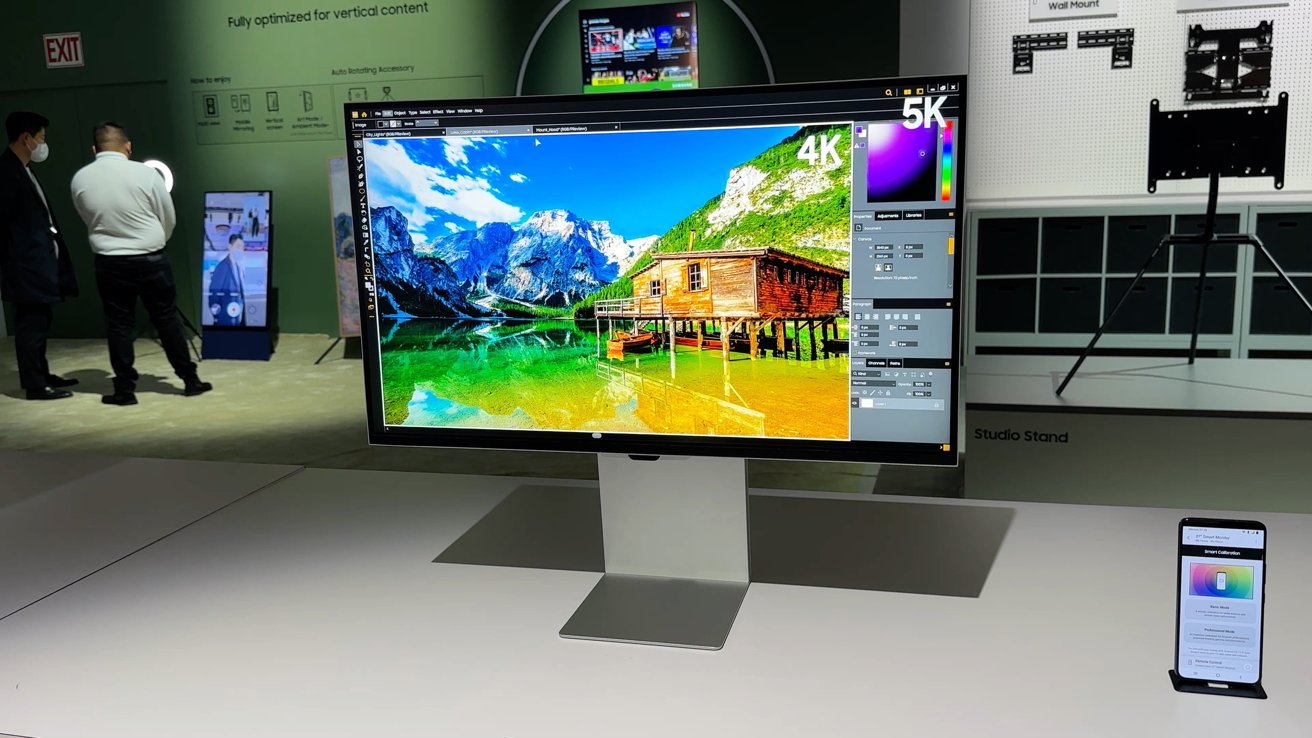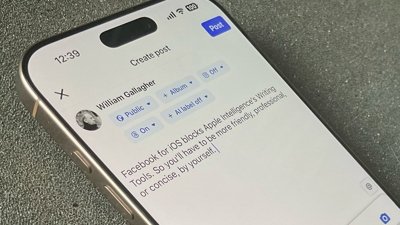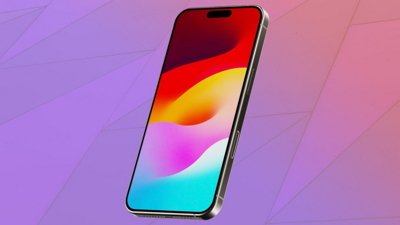The 5K ViewFinity S9 will finally go up for sale in South Korea, and it has specs that compete directly with Apple's Studio Display despite its lower price.
Those seeking Samsung's new monitor outside of South Korea will have to wait a little longer. However, its launch finally provides more insight on the device and its market price.
According to a press release translated from Korean on Samsung's newsroom website, the ViewFinity S9 is going up for pre-order on June 26 for $1.7 million won. It'll be officially released on July 3.
$1.7 million won is about $1,299, which is $300 cheaper than the Studio Display. And, since Samsung's monitor comes with a height-adjustable stand and a matte display, it's actually $1,000 cheaper than Apple's when configured similarly.
Vice President of Samsung Electronics' video display division, Jeong Hoon, shared a statement on the ViewFinity S9 and its capability as a high-resolution monitor. In the statement, translated from Korean, he said Samsung would continue to present new standards for monitors by introducing products that reflect the various needs of design experts.
The Samsung ViewFinity S9 is among the first third-party displays that closely match Apple's Studio Display. Even its design language appears to borrow from Apple.
Both monitors have 5K resolution at 27 inches, cover the P3 color gamut, offer Thunderbolt 4 connections, and have internal speakers. Samsung ViewFinity S9 has a higher-specced 4K webcam, a built-in app for viewing media like streaming services, and a calibration engine that works via a smartphone app.
iPhone users can take advantage of the color calibration, too, as Samsung's Smart Calibration app is also available on iPhone 11 or later.
There isn't any word on when ViewFinity S9 will launch in other regions, like North America. It will compete directly with Apple's Studio Display, which was released in March 2022.
 Wesley Hilliard
Wesley Hilliard

-m.jpg)






 William Gallagher
William Gallagher

 Andrew O'Hara
Andrew O'Hara


 Malcolm Owen
Malcolm Owen
 Marko Zivkovic
Marko Zivkovic





-m.jpg)




6 Comments
The Studio Display has a 4K webcam too. It is described by Apple as:
How many Korean won is a nanotexture studio display @ USD$1899 plus tax compared with the Samsung (including VAT) I wonder?
Apparently ₩2,090,000 for the shiny one, ₩2,490,000 for the matte version. That is ₩790,000 or USD$607 plus tax.
As well as the better price, I would get the Samsung for the height adjustable stand (amazing that apple thinks it doesn’t have to include that) and the streaming app unless Apple substantially and hugely dropped its price.
Good luck with that.
LOL...I can understand the general comparison considering it's 5K/27" but trying to say that a matte display is comparable to Nano-Texture? Nope.
In the end you get what you pay for, should be fun to see those people who buy it, complain about the relative lack of quality, when compared to an Apple curated monitor.